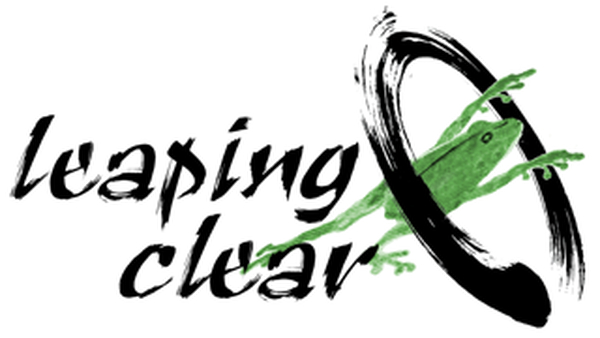Deborah Kennedy
Call and Response
Call to the blue. Call to the blooming green. Call to the wind, bearing the scent of the sea.
Plankton are lifeforms floating in salt or fresh water and they perform innumerable ecological roles as they shape the geology and life on our planet. Phytoplankton produced our planet’s first oxygen-rich atmosphere fostering the growth of other plants and eventually animals. Today, they produce almost seventy percent of the oxygen we breathe and their wide array of ecological services make them critical to supporting all life on the land and in the sea.
Call to the sapphire. Call to the aquamarine. Call to the water, the water of life.
Plankton are a remarkably diverse group of species. Some are so small that one million can fit in a teaspoon of water. Others can reach lengths over one hundred feet long. Phytoplankton are tiny plants that float in salt and freshwater. They provide oxygen to the seas and lakes, fostering life in all bodies of water. Phytoplankton also absorb vast amounts of carbon dioxide offering a possible tool in our struggle against global warming.
Call to the teal. Call to the swirling celadon. Call to the red, pulsing in your blood.
During ideal conditions phytoplankton can produce blue-green blooms meandering sinuously on the surface of the ocean. These explosions of life can reach 100 miles long. When ocean phytoplankton are exposed to excess sunlight, they alter the climate. The plankton begin to produce greater quantities of a chemical that floats up through the atmosphere attracting innumerable molecules of water vapor—creating banks of clouds to shield themselves.
Call to the turquoise. Call to the emerald. Call to the darkest hollows of your heart.
Today, the endlessly complex members of this silent, drifting world are threatened by numerous environmental challenges including: climate change, ocean acidification, and reduced ocean oxygen levels. Also, the tiny pieces of plastic in our seas have induced plankton, like other marine creatures to mistake micro plastic, often made of toxic chemicals, for food and eat it. Recent scientific studies find these crucial players in the web of life declining at alarming rates.
Call to the azure. Call to the aquamarine. Call to the silent dawn, the fading twilight.
Deborah Kennedy
For over fifteen years I have been meditating daily. I wish it was the peaceful and centered experience of my imagination. In reality, I find my brain is an extremely busy place and usually I am chasing after one train of thought or the other and then "letting it go." However, it is the raft I cling to in the turbulent waters of life.
Deborah Kennedy is an author and artist whose work has been presented in the United States and Europe. Her recent book, Nature Speaks: Art and Poetry for the Earth, combines her poetry and illustrations focusing on the ecological themes of our time. Nature Speaks won numerous awards including the 2017 Eric Hoffer and the Silver Nautilus poetry book awards. Her writing has recently appeared in great weather for MEDIA, First Literary Review-East, and Canary: A Literary Journal of the Environmental Crisis. Kennedy’s work has been widely reviewed and she has received numerous grants and awards from art councils and museums in California. She is also noted for creating four large-scale installations on the Berlin Wall six months before it was torn down. She lives in San Jose, California, where she teaches college classes and poetry workshops. Kennedy presents poetry readings while accompanied by projections of her artwork at bookstores, schools, and to poetry, ecology, and spiritual groups. Kennedy often hikes in an urban riparian corridor where she spots osprey, hawks, and herons. In the evening she watches for moonbows, earthshine, and other modern miracles.
More on Deborah Kennedy’s work can be found on our Links page.



